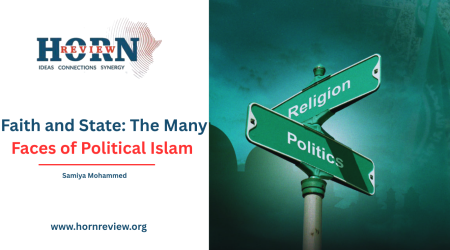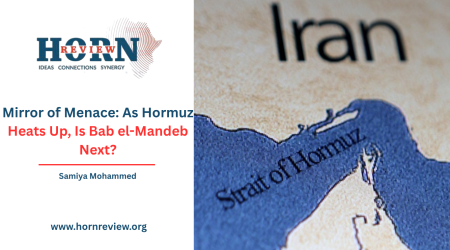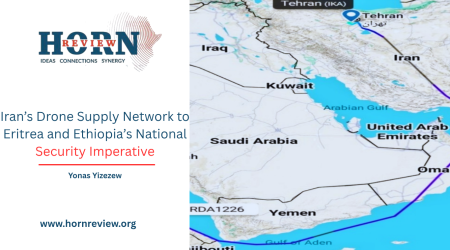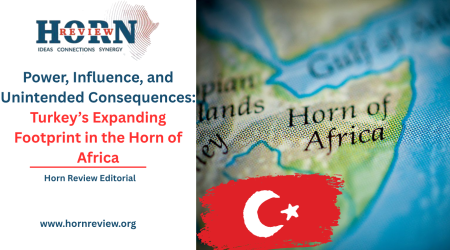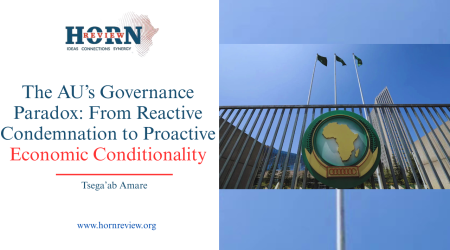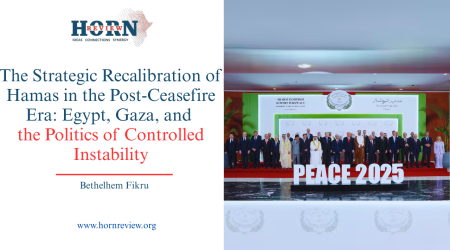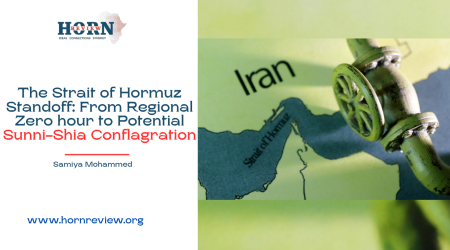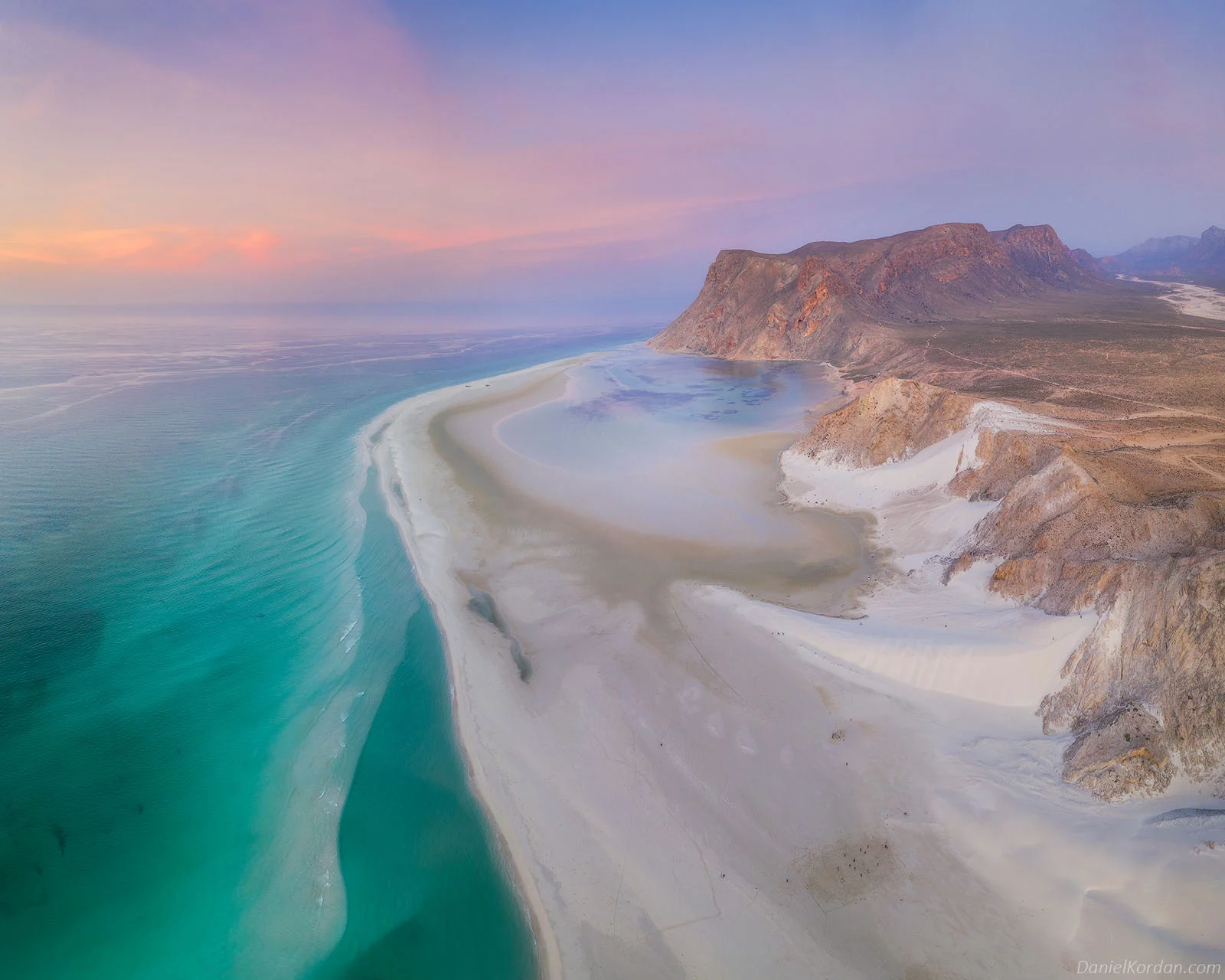
13
May
The Strange Case of Socotra: The Uncertain Fate Status Remains Unresolved
Socotra a land of dragon’s blood trees and white sand dunes is caught in a silent tug of war between continents, empires, and forgotten histories. Officially part of Yemen, this UNESCO listed paradise has long been about in Somali folklore as Suqadara, a lost fragment of a greater Somali world. Now, as regional powers circle its shores, the question resurfacesWho does Socotra truly belong to?
Socotra is not just an island it is a living fossil. Its bizarre, otherworldly flora 37% of which exists nowhere else on Earth paints a landscape that feels plucked from a prehistoric epoch. For centuries, its isolation protected it from the tides of conquest, allowing its people, the Socotris, to develop a unique language and culture that borrowed from Somali, Arabic, and Indian Ocean trade routes.
This isolation also made it a blank canvas for foreign ambitions. The Portuguese, the Mahra Sultanate, and the British all laid claim to Socotra at various points, treating it as little more than a strategic afterthought a docking station for ships en route to richer prizes. When the British Empire withdrew from Aden in 1967, Socotra was hastily bundled into the newly formed South Yemen, its ancient ties to the Somali coast.
For Somalia, Socotra has always been a phantom limb a piece of itself that was never truly lost, just misplaced. Somali nationalists point to linguistic and cultural ties Socotri, the island’s indigenous language, shares striking similarities with Somali dialects. Historical records from the 10th century Arab geographer Al-Masudi describe Socotra as part of the Bilad al-Barbar Land of the Berbers, a term often used for the Horn of Africa’s coastal communities. But the most compelling argument lies in geography. Socotra sits just 240 kilometers off the Somali coast closer to Somalia than to mainland Yemen.
In the aftermath of Somalia’s collapse in 1991, the question of Socotra briefly flickered in Mogadishu’s politica before being buried under more immediate crises. Today, Socotra is at the heart of a new great game. When Yemen descended into civil war in 2015, the UAE swiftly occupied the island, building military bases, hospitals, and even an Emirati funded school curriculum. To the Socotris, this was both a lifeline and a quiet annexation. Abu Dhabi’s motives were clear Socotra guards the entrance to the Gulf of Aden, global shipping.
In 2018, Saudi Arabia forcibly replaced Emirati troops with its own, turning the island into a Riyadh-run outpost. Meanwhile, Yemen’s internationally recognized government exiled in Riyadh lamely protests the occupation while relying on Saudi cash to survive.
In 2020, as the UAE and Saudi Arabia played tug-of-war over Socotra, a curious thing happened, Somali lawmakers introduced a motion in Parliament to reassert Somalia’s historical rights over the island. The move was largely symbolic, If Somalia ever stabilizes, Socotra could become the next point in the Horn’s endless territorial disputes.
Many still identify more closely with the Horn of Africa than with Yemen. Some elders recall a time when Somali traders frequented the island, exchanging goods and stories. they are stateless in all but name Yemeni by passport, but abandoned by Sana’a, Somali by heritage, but ignored by Mogadishu.
The UAE and Saudi Arabia have tried to win their loyalty with infrastructure projects, but the Socotris remain , They build roads, but we don’t know where they lead, one local activist told me. The fear is that Socotra will become another Diego Garcia ,a pristine paradise emptied of its people to make room for foreign bases.
Socotra is more than a real estate dispute. It is a test case for how borders drawn by colonial powers and frozen by Cold War politics are beginning to crack under modern pressures. If Somalia revives its claim, it could other African nations to challenge colonial era partitions. If the UAE and Saudi Arabia succeed in their de facto annexation, it sets a precedent for resource grabs disguised as stabilization.
By Samiya Mohammed,Researcher,Horn Review



